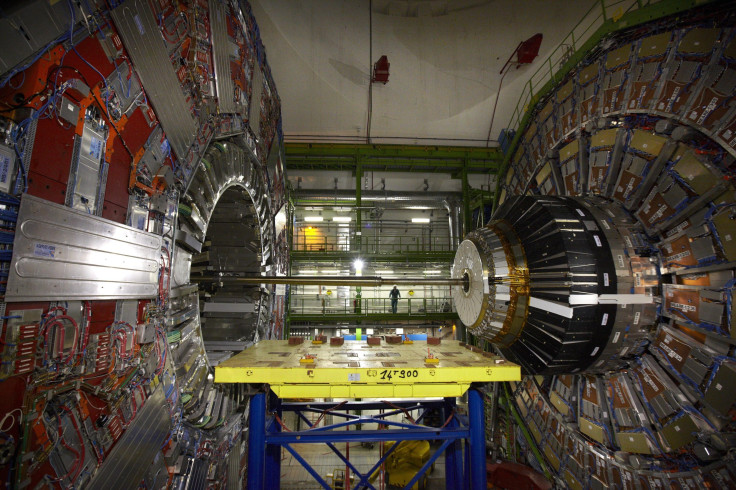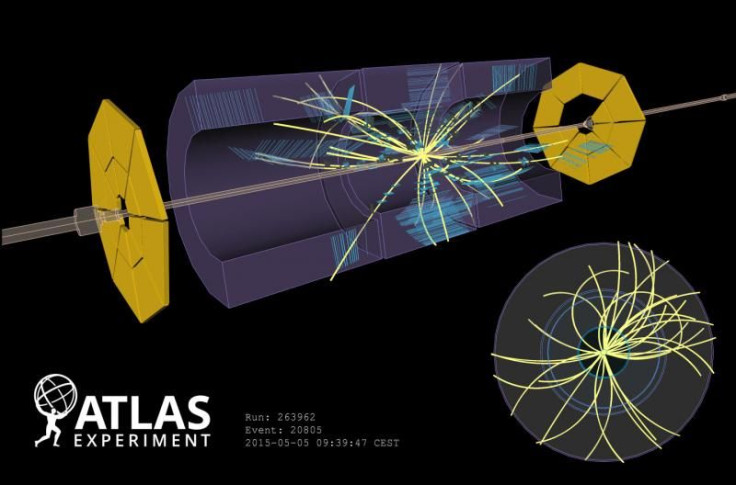CERN LHC Update: Low-Energy Collisions Resume After 2-Year Gap

On Tuesday morning, scientists moved a step closer to unraveling what might be the deepest secrets of the universe. CERN’s Large Hadron Collider (LHC), which began circulating proton beams in its nearly 17-mile ring of superconducting magnets last month, witnessed its first particle collisions since it was restarted after a two-year gap.
The low-energy collisions, carried out at “injection energy” of 450 gigaelectronvolts (GeV) per beam, would enable researchers at CERN to fine-tune their experiments, calibrate detectors and synchronize various elements, CERN said in a statement released Tuesday. This is also the first step in ensuring that particle collisions at the planned total energy of 13 TeV -- much higher than the 8 TeV collisions of 2012 -- occur without a hitch, although this process would still not begin for the next several weeks.
Running the LHC at a substantially higher energy is likely to boost the frequency of collisions, increasing the chances of detection of new particles.

“Just as the LHC team tests each component, system, and algorithm one after the other, the experiments go through checklists that confirm that everything is fully functional and no mistakes, bugs or failures are present when collisions are delivered at 13 TeV,” CERN said in the statement.
The world’s most powerful particle accelerator is already credited with the discovery of the Higgs boson -- an elementary particle that gives mass to all other particles.
Physicists hope that the detection and subsequent study of new particles could provide answers to some of the most fundamental questions of the universe, such as why there is an abundance of matter and lack of antimatter, and the make-up of mysterious "dark matter," which is believed to constitute over 84 percent of the matter in the cosmos. Whatever the discoveries might be, scientists expect them to “break” the Standard Model of particle physics, which currently governs our understanding of the quantum world.
© Copyright IBTimes 2025. All rights reserved.






















